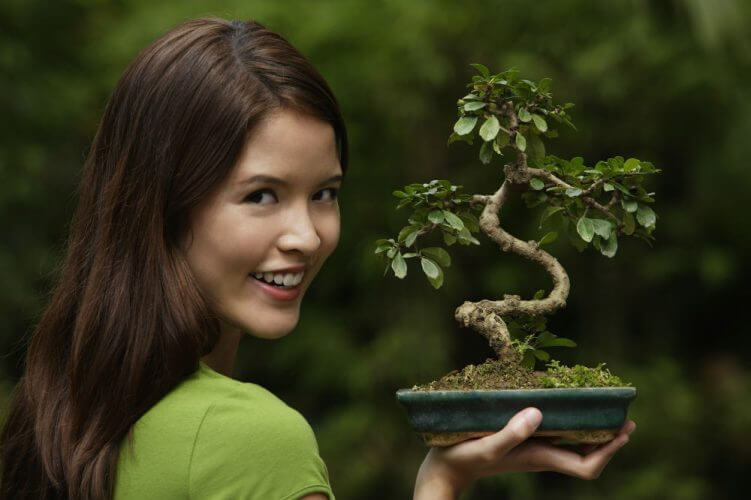So, you want to grow a bonsai tree but you have no idea where to start?
Don’t worry, you’re not alone!
This is one of the most sought after hobbies around, but it is one which requires a fair amount of research, to ensure you know how to grow the tree, look after it, and prune it properly.

From the get-go, if you are a beginner with bonsai, then it’s best to start with an indoor bonsai tree, because not only are these easier to look after than an outdoor version, but they are also much more readily available.
To summarize it all, however, these are the main things you need to know as a beginner bonsai tree grower!
- There are countless different trees which are amenable to being a bonsai tree, but they all have subtle instructions in terms of cultivation, maintenance, and other tiny details.
- You need to keep the temperature inside your home as constant as possible. Bonsai trees are used to warmer climates, and therefore you need to make them feel at home in more ways than one! Try and keep your living room temperature constant, and that should cover all bases.
- Humidity is another issue. Again, these trees are from humid climates, so it’s a good idea to place another tray underneath the pot you’re growing the bonsai in, filled with water. You could also spritz your tree a few times throughout the day.
- Placement is important. You need to place your tree southern facing if possible, and in a window, so it can soak up as much daylight as possible. Having said that, some types of bonsai tree don’t like being in direct sunlight all day long, so this is something you need to think about according to the type you opt for.
- Artificial light can help bring on the growing process a little more effectively – place a fluorescent light on or near the tree for around 10 hours per day.
- You can grow a bonsai tree from either seeds or cuttings. Seeds take around three years to grow completely, whereas cuttings take around two years.
- You should plant your bonsai tree in the autumn time, because this best ties in with the natural cycle of the tree, and therefore you are in sync with Mother Nature.
- In order to plant a bonsai tree, you will need a large growing container, special bonsai soil, grit/lava rock, and the seeds/cutting of the bonsai you want to work.
- There is a large online presence in terms of other people doing exactly the same thing with bonsai growing, and this is a great place to start. Check out Balcony Bonsai for full length video training on the art of Bonsai.
- As a history hint, the bonsai tree doesn’t actually have its first origins in Japan, but in China, over 2000 years ago. The Japanese adopted the practice and tweaked it a little, into what we know today.
- There are two main types of pruning which you will need to undertake – maintenance and structural. Maintenance pruning is about simply pruning away any parts of the tree which are brown or broken. Structural pruning is about the shape and style of the tree you’re trying to create, and this is something which will be a bit more in-depth and will include removing branches which are possibly growing in the wrong direction.
Of course, there are countless other facts you could find out about growing a bonsai tree and looking after it, but on the whole, these are the basic facts you need to know as a beginner.
The best starting point is to head online to do some research about the style you want to achieve. Yes, it is going to take you at least two years to be able to grow your own tree and make it into the bespoke style you want it to be, but if you have a design in mind, you can tailor your pruning towards this, namely your structural pruning.
A bonsai tree will certainly be a talking point in your house, and that means that you need to put time and effort into looking after it properly. From your beginner stage, you could move then into an outdoor bonsai tree, but where this process is concerned, it’s always best to walk before you can run. An outdoor bonsai tree is much harder to look after because you need to effectively shield it from adverse weather, which isn’t always possible!
